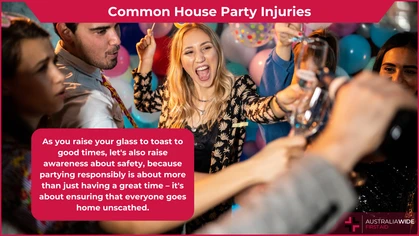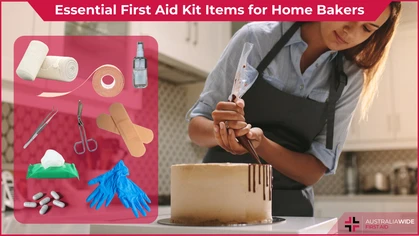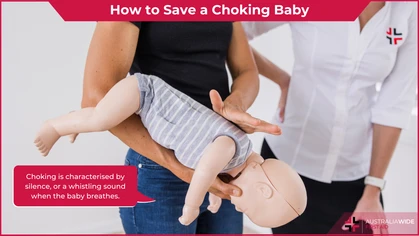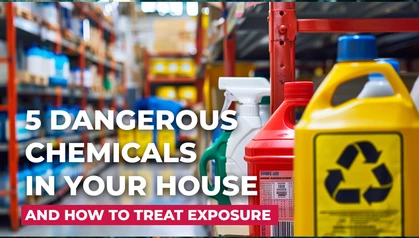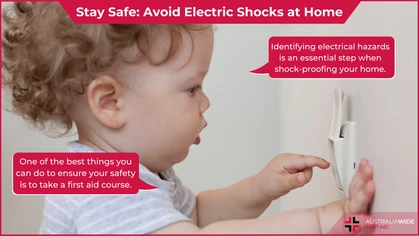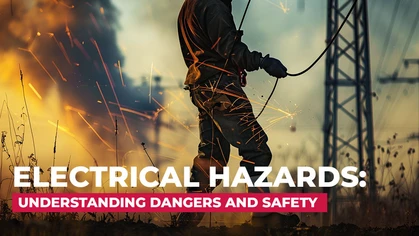Adelaide Festivals and First Aid

Danger

Festival goers enjoying a performance
Adelaide is regarded as one of the liveliest cities across Australia and the globe. In fact, Adelaide is affectionately known as “Australia’s Festival City”. Not only does it boast an enviable wine and fine dining culture, as well as a buffet of stunning natural attractions, it is also a stalwart of the festival scene, and hosts a revolving door of festivals that can cater to anyone, from rockabilly enthusiasts and cabaret lovers, to barbeque nuts and grunge theatre folk. In this article, we are going to explore some of Adelaide's most popular annual festivals and the history behind them. We are also going to cover some of the most common injuries that occur at festivals, and the first aid tips that festival goers can use to avoid and manage these injuries.The Adelaide Festival
The Adelaide Festival, which is more formerly known as the Adelaide Festival of Arts, was first held in March 1960, following the efforts of Sir Lloyd Dumas, a prominent Adelaide journalist and newspaperman, to establish a local version of the Edinburgh International Festival, and to bring world-class cultural exhibitions to South Australia. Adelaide Festival is now regarded as one of Australia's pre-eminent arts festivals, in that it provides patrons with a heady mix of internationally acclaimed visual arts displays, dance pieces, theatre productions, musicians, and writers. With the support of the South Australian government, the Adelaide Festival has grown to encompass; Adelaide Writers' Week, a celebration of literature from around the world; WOMADelaide, a celebration of multicultural music; and, the Adelaide Festival of Ideas, a celebration of culturally and socially relevant ideas. The Adelaide Festival can cater to any patron regardless of their “art of choice”.The Adelaide Fringe
Though it is now the biggest arts festival in the Southern Hemisphere, the Adelaide Fringe started in 1960 with the support of only a few artists, who decided to stage their own events in defiance of the Adelaide Festival, which tended to exclude many local and smaller-scale artists. Back then, the Adelaide Fringe program comprised local crafts, visual arts, performing arts, and amateur theatre. Nowadays, patrons are privy to an even more eclectic mix of events, including cabaret, comedy, circus, and many others. Anyone can register an event in the Adelaide Fringe; unlike the Adelaide Festival, which is curated, it is not-for-profit and open access. In one instance, a one-person show performed to a two-person audience! To this end, the Adelaide Fringe is widely regarded as "The People's Festival", as it provides independent artists, venues, and producers with the ticketing platform, resources, and support to engage audiences and weave new ideas into South Australia's cultural fabric.
Cabaret performers
The Adelaide Cabaret Festival
The idea for an Australian cabaret festival was first conceived by Frank Ford, the founder of the Adelaide Fringe, in the 1990s. During this time, big stage musicals were in decline across the country, and the Adelaide Fringe was being overrun by visiting comedians, which was forcing new talent and consummate professionals out of work. Frank wanted to establish a new platform with which to showcase these performers, and he realised that musical theatre and political satire, for which Australia has a long-standing affinity, form a large part of the cabaret genre. Cabaret is a form of theatrical entertainment that is typically subversive in nature and oriented towards adult audiences while they eat and drink. Frank subsequently secured funding from the then Arts Minister, Diana Laidlaw, and the first Adelaide Cabaret Festival was held in May 2001. Since then, it has become the biggest cabaret festival in the world, and it is widely lauded for providing patrons with a colourful mix of classic and contemporary cabaret performances.The Adelaide Film Festival
The origins of the Adelaide Film Festival as we know it today can be traced back to 2002, when the then South Australian Premier, the Honourable Mike Rann, sought a way to stimulate the local film industry and celebrate the 30th anniversary of the South Australian Film Corporation. A director, board, and investment fund were subsequently appointed, and the inaugural event was held in early 2003. Since then, the Adelaide Film Festival has run a vibrant program of screenings and special events across Adelaide cinemas to celebrate and explore contemporary Australian and international screen culture. The Adelaide Film Festival has been particularly lauded for its commitment to raising the profile of arts and screen culture in South Australia, and for introducing innovative themes. For instance, it spearheaded a world-first award called the Indigenous Feature Documentary Initiative, which helps established Indigenous filmmakers make feature-length documentaries about social justice.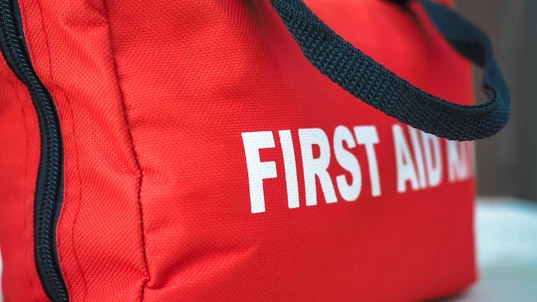
A first aid kit
First Aid at Festivals
Now that we have covered the most popular annual festivals in Adelaide, we are going to take a look at the injuries people open themselves up to at festivals, and the first aid tips for preventing and managing these injuries.Dehydration
Dehydration falls under the umbrella of heat related emergencies, and it occurs when a person loses fluids faster than they input them. Dehydration is a common pitfall at festivals due to the prevalence of alcohol, a diuretic. Diuretics are substances that inhibit the body's production of vasopressin, a hormone that tells the kidneys to reabsorb water rather than flush it out as urine. Water accounts for over two-thirds of the human body, and it performs a myriad of important functions, such as regulating body temperature, flushing out waste products, and aiding in the absorption of minerals and nutrients. The more dehydrated you become, the more concentrated your blood becomes, which forces your heart to work harder to maintain your blood pressure. As such, though the signs and symptoms for dehydration are relatively minor, such as thirst, irritability, and fatigue, they can quickly lead to more serious conditions like hyperthermia – abnormally high body temperature. To stave off the effects of dehydration at festivals, make sure to balance your consumption of alcohol with water or electrolyte drinks, and rest in the shade and remove any clothing as necessary. Head to our resources for more information about dehydration first aid.Hyperthermia
Heat cramps are considered the mildest form of hyperthermia, followed by heat exhaustion, and then heat stroke. Hyperthermia occurs when the human body absorbs or generates more heat than it can release, and so it typically occurs when a person overexerts themselves in hot and humid conditions. It is unsurprising, then, that many outdoor festival goers fall victim to hyperthermia, as they can spend hours dancing to their favourite bands under the unrelenting rays of the sun. As we touched on earlier, water is vital in regulating a person's body temperature, so hyperthermia typically presents alongside dehydration. For instance, heat cramps are caused by the loss of complex salts, otherwise known as electrolytes, when the body loses more fluids than it can replace. The most recognisable symptom of heat cramps are uncontrolled spasms in the abdomen and/or affected limbs. As well as heat cramps, heat exhaustion can be characterised by headaches, nausea, and profuse sweating if associated with exertion. The effects of heat cramps and heat exhaustion can both be mitigated by resting the casualty in the shade, removing their unnecessary clothing, sponging them with water, and giving them sips of water or electrolyte drink with caution once any nausea has passed. Muscles affected by heat cramps can also be stretched and covered with a wrapped ice pack. It is crucial that festival goers presenting with heat exhaustion are tended to quickly, as the most serious form of hyperthermia - heat stroke - can inhibit the body's temperature regulation centre, thereby leading to coma, brain damage and, in some cases, death. Our Heat-Induced Illness Chart provides more information about heat related emergencies.
Friends clinking alcoholic drinks
Substance Misuse
While Australia Wide First Aid discourages excessive alcohol consumption, as well as the consumption of illicit drugs, both can be rife at festivals, and so it is important for festival goers to be wary of the possible outcomes of substance misuse. Substance misuse can encompass overdose, which occurs when a person consumes more drugs than their body can metabolise and detoxify at any one time, thereby leading to an onset of unintended side effects. For instance, if someone consumes a large amount of alcohol - a depressant - in a short period of time, this can cause their basic life support functions, such as breathing, heart rate, and temperature control, to shut down. This is known as alcohol poisoning, the symptoms of which can include slow breathing, clammy cold skin, and lack of consciousness. Amphetamines, meanwhile, are stimulants. As such, amphetamine overdoses can include signs of a heart attack, like shortness of breath, nausea, sweating, anxiety, pain, and numbness in the chest, arms, and neck. In more serious cases, amphetamine overdoses can induce seizures. For any type of overdose, DRSABCD should be followed, including a particular focus on the fact that casualties may became erratic without warning.General Safety Tips
As Adelaideans can attest to, festivals are a brilliant opportunity to engage with significant artistic and cultural movements alongside your loved ones. In any case, festival goers can maintain their safety by sticking to the buddy system, knowing where the first aid tent is, keeping their phones charged, and organising a ‘hot spot’ to regroup if they get separated from their friends.
Originally published at
https://www.australiawidefirstaid.com.au/resources/adelaide-festivals-and-first-aid
as part of the Australia Wide First Aid Articles Library



